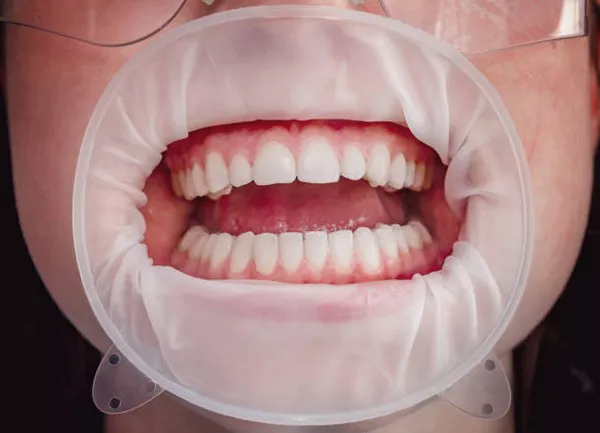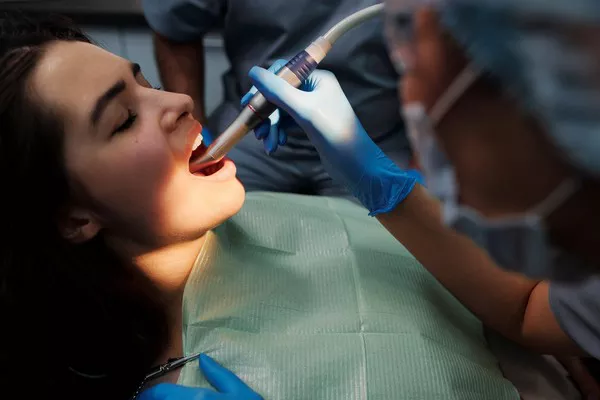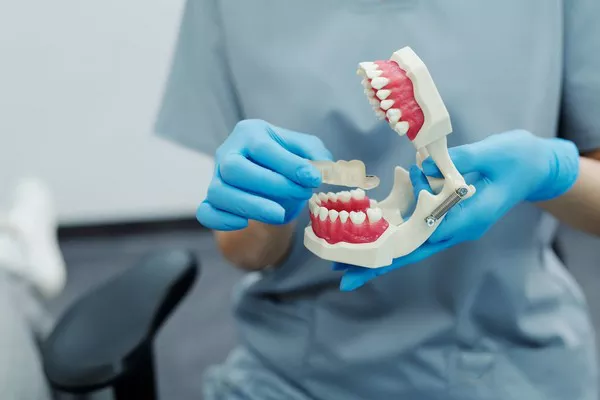Dealing with a cracked tooth can be concerning both from a dental health perspective and a financial one. Understanding the cost associated with filling a cracked tooth is essential for making informed decisions about your dental care. This article provides comprehensive information on the cost range about filling a cracked tooth, factors affecting cost, insurance coverage, treatment options, procedure description, choosing a dentist, and prevention tips.
Cost Range
The cost of filling a cracked tooth can vary widely depending on several factors. On average, patients can expect to pay several hundred dollars for a simple filling, while more complex treatments like crowns or root canals can cost over a thousand dollars. The cost range typically includes:
- Simple Filling: $100 – $300
- Composite Filling: $150 – $500
- Porcelain Filling: $500 – $1,500
- Crown: $800 – $2,500
- Root Canal: $900 – $3,000
It’s important to note that these are approximate costs and can vary based on geographic location, the dentist’s expertise, and the specific circumstances of the case.
Factors Affecting Cost
Several factors can influence the cost of filling a cracked tooth:
Location of the Tooth: Teeth located in the front of the mouth typically require simpler treatments and may cost less to fill compared to molars or teeth in the back of the mouth.
Extent of Damage: The severity of the crack and the extent of the damage to the tooth will impact the complexity of the treatment and, consequently, the cost.
Type of Filling Material: Different filling materials have varying costs. For example, composite and porcelain fillings tend to be more expensive than traditional amalgam fillings.
Dentist’s Fees: The fees charged by the dentist or dental specialist performing the procedure can vary based on their experience, expertise, and geographic location.
see also: How Much Does A Non-insured Teeth Cleaning Cost?
Insurance Coverage
Dental insurance may cover a portion of the cost of filling a cracked tooth, depending on the individual’s insurance plan and coverage details. While insurance coverage can help reduce out-of-pocket costs, it’s essential for patients to check with their insurance providers to understand their specific coverage terms, limitations, and any pre-authorization requirements.
Treatment Options
The appropriate treatment for a cracked tooth depends on the severity of the crack and the extent of the damage. Common treatment options include:
Fillings: Used to fill small cracks and cavities, fillings are typically made of materials like composite resin, porcelain, or amalgam.
Crowns: For more extensive cracks or weakened teeth, a dental crown may be recommended to provide added support and protection.
Root Canals: In cases where the crack extends into the pulp of the tooth, a root canal may be necessary to remove infected or damaged tissue and restore the tooth’s health.
Each treatment option has its own associated costs, with more complex procedures generally being more expensive.
Procedure Description
The procedure for filling a cracked tooth typically involves the following steps:
Evaluation: The dentist will examine the tooth and assess the extent of the crack to determine the most appropriate treatment option.
Preparation: If a filling is deemed suitable, the dentist will prepare the tooth by removing any decayed or damaged material and cleaning the area.
Filling Placement: The filling material is carefully applied to the prepared tooth and shaped to restore its natural appearance and function.
Polishing: Once the filling is in place, the dentist will polish it to ensure a smooth surface and comfortable bite.
Final Evaluation: The dentist will perform a final evaluation to ensure the filling is secure and properly positioned.
Choosing a Dentist
When selecting a dentist for filling a cracked tooth, it’s important to consider factors such as:
Expertise and Experience: Choose a dentist with experience in treating cracked teeth and performing the specific procedure recommended for your case.
Patient Reviews: Read reviews and testimonials from other patients to gauge the quality of care and satisfaction with the dentist’s services.
Comfort and Communication: Look for a dentist who makes you feel comfortable and takes the time to explain the treatment options, costs, and expected outcomes.
see also: Why Is My Tongue Yellow After Wisdom Tooth Extraction
Prevention Tips
Preventing future tooth cracks is crucial for maintaining oral health and avoiding costly dental procedures. Here are some tips to prevent tooth cracks:
Practice Good Oral Hygiene: Brush your teeth twice a day, floss daily, and visit your dentist regularly for check-ups and cleanings.
Avoid Hard Foods: Be cautious when eating hard or crunchy foods that can potentially damage your teeth.
Wear Mouthguards: If you participate in contact sports or activities with a risk of dental injury, wear a mouthguard to protect your teeth from trauma.
Conclusion
Understanding the cost of filling a cracked tooth and the factors influencing that cost is essential for making informed decisions about dental care. By considering factors such as the location of the tooth, the extent of damage, insurance coverage, treatment options, procedure description, choosing a dentist, and prevention tips, patients can navigate their dental treatment effectively and maintain optimal oral health. If you suspect you have a cracked tooth or are experiencing dental pain or discomfort, don’t hesitate to consult with a dentist for an evaluation and appropriate treatment recommendations.
FAQs About Cracked Tooth Repair
1. How much does it cost to fill a broken tooth?
The cost of filling a broken tooth can vary depending on several factors, including the severity of the break, the location of the tooth, the type of filling material used, and the dentist’s fees. On average, the cost of a dental filling ranges from $100 to $500 per tooth. If the break is severe or requires additional procedures such as a root canal or crown placement, the cost may be higher. It’s essential to consult with your dentist for an accurate estimate based on your specific situation and treatment needs.
2. Can a completely cracked tooth be fixed?
Whether a completely cracked tooth can be fixed depends on the extent and location of the crack, as well as the overall condition of the tooth and surrounding tissues. In some cases, a completely cracked tooth may be salvageable with appropriate treatment, such as bonding, a dental crown, or a root canal procedure. However, if the crack is too extensive or extends below the gum line, extraction may be necessary. It’s essential to consult with your dentist for a thorough evaluation and personalized treatment plan.
3. Is it OK to live with a cracked tooth?
Living with a cracked tooth is not ideal and can lead to various complications, including pain, sensitivity, infection, and further damage to the tooth structure. Even if the crack is not causing immediate symptoms, it’s essential to seek dental care promptly to prevent potential complications and preserve the health of the tooth. Your dentist can evaluate the severity of the crack and recommend appropriate treatment to address the issue and restore the function and appearance of the tooth.
You Might Be Interested In






























